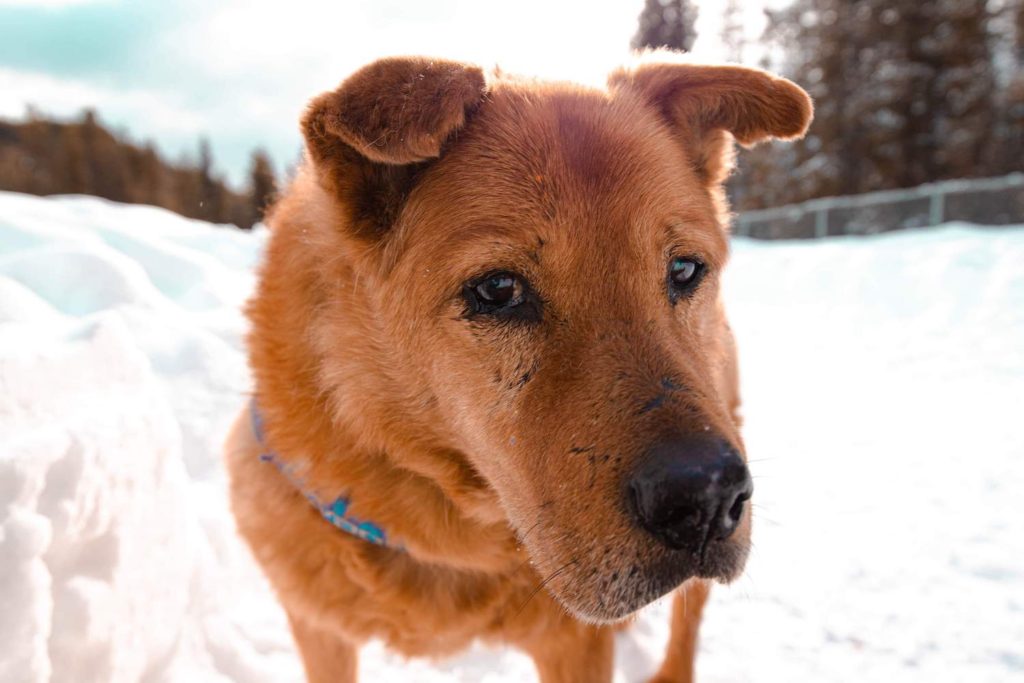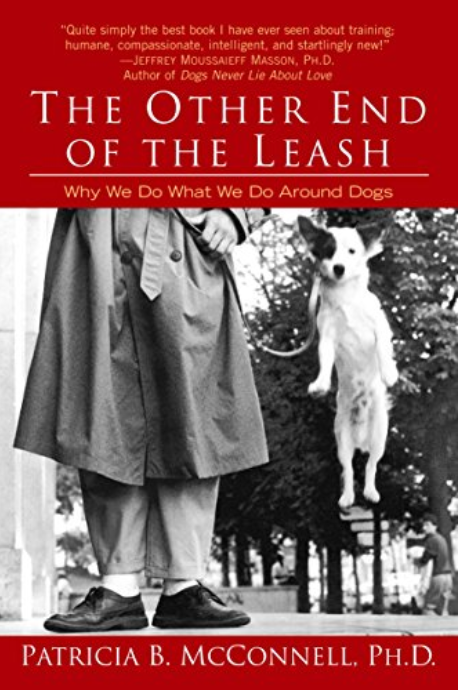

How to Communicate Better with your Dog

PAWPRIDES, 4 AUGUST 2020
It’s so compelling to talk to our dogs. Living, breathing, verbal machines, why wouldn’t we?
Dogs don’t come speaking english, and they don’t come reading your mind. Yet we will say their name to stop them from chasing that squirrel, in hope they understand.
Why our language can make us bad trainers
An impressive aspect of our language is flexibility. Just look at how many ways we can say the same thing: “come here,” “over here,” “come on over”, “hey, scruffy!” and so on. This basket full of words is a blessing for us, but a nightmare for our dogs.
How would you do if a foreign word you were learning changed its form randomly?
The key is to use simple words and use them consistently. The less your dog has to think about what you want, the better.

Create your dog dictionary
Most of us talk to our dogs like a thesaurus, substituting different words for the same command. Creating your dog dictionary will help you be more clear and consistent.
Think about and pay careful attention to the words you use around your dog.
For example; do you say “Lie down” or “Down” or both? How is your dog supposed to know “Lie down” has the same meaning as “Down”?
Now think about how you say these words. Does “Down” rise up in tone (like a question) or descend (statement or fact)?
In english, we can say the same word but it have different meanings using voice inflexion. Think hearing your name whispered sweetly or yelled in irritation.
Finally, what do you want your dog to do after you say something?
For example; you may say “Down” to ask your dog to lie down and 5 minutes later say “Down” to get your dog to stop jumping on a visitor.
Do you want your dog to associate “Down” with laying on the ground or to stop them from jumping on visitors?

Never repeat a command
If you have sought advice from a dog trainer before, you’ll be familiar with the preceding title.
The tendency for dog owners to repeat a command is immense, and we tend to repeat each command louder and louder. “Sit, sit, SIT!”
This behavioural trait doesn’t just happen when we talk to dogs, but to ourselves too. Linguistic researchers found that when talking to someone who didn’t understand the first time, we repeat exactly what we said, but louder.
You then ask your dog to sit, and he does not respond. Incomes the extra “Sit, SIT!” For all we know, your dog is waiting for you to finish the full signal before he sits.
But is this relevant to all commands? Interestingly no. Why? It’s a matter of the command function: to encourage or discourage activity.
An analysis of 104 animal handlers and 16 different languages found a universal use of short, rapidly repeated notes encouraged activity in animals and a single, continuous note discouraged animals.
Separately, certified Applied Animal Behaviourist Patricia B. McConnell found 4 short whistles increased activity levels in puppies versus one long, continuous whistle.
In other words, the four short whistles were more effective than one whistle at training puppies to “come”.

Teaching your dog to come when called
Asking your dog to “come” means increasing activity. You are asking your dog to run from point A (away from you) to point B (you).
If we follow the “never ever repeat a command” as mentioned above and yell “Come” we are using one short sharp note.
An example of other short sharp notes include “No!”, “Hey!”, “Whoa!” A universal signal to stop animals.
The general rule is to use short, repeated notes to encourage activity and one single note to discourage it.
Patricia B. McConnell, Ph.D.
To teach your dog to come when called, encourage them by saying “Scruffy, Scruffy, come!” While clapping your hands as you run away from them.
Dogs like to go in the direction we face, notably where our toes are pointed. Hence the ‘run away’ technique. Simply turn and face the opposite direction to encourage your dog to return and come to you.
But what if your dog see’s something and runs for the hills? Yelling “Scruffy, Scruffy, come!” will only fuel the fire.
Again, short repeated notes encourage activity and in this situation we want to discourage it.
Use a short sharp note like “No!”. Once your dog has stopped you then redirect their energy to you with “Scruffy, Scruffy, come!”
Nows your chance to use one long, continuous note to calm your dog, just as animal handlers all around the world would do.

How to calm your dog
“Goooooood boy, Scruffy, goooooooood boy. What a gooooooood boy you are”.
What does not help in calming your dog is slightly anxious, short and choppy versions of “Good boy, good boy, good boy” while your dog is straining the leash.
More times than not, these words are accompanied by equally choppy petting that arouses even more.
Leash pressure? Affection? Anxious tones? Disaster!
It can take a conscious effort to make sounds that reflect what you want your dog to do rather than how you feel inside.
And this is why we need to learn to separate our own emotional state from the one we want in our dogs.
There’s a bonus, though: speaking in long, steady tones can help calm you down, too. And don’t forget to breathe. Long deep breathes slow everything from your speech patterns to your dogs response.
If you want to soothe or slow your dog, replicate the “Eaaaaaasy” of a racehorse jockey calming his horse before the race.
Mimic the “Steeeeaaaaady” of a sled dog driver as his dogs enter a tricky turn.
It’s no different to how parents all over the world speak to soothe their babies. But remember, you must be calm and sound calm. A soothing voice is one of lower pitch.

Pitch
Marine drill sergeants don’t belt out orders in high, squeaky voices. So why do the same with your dog?
Low, gruff tones may get soldiers to attention, but they’re not going to calm a young, frightened child. Dogs and humans share this interpretation of high and low sounds.
In both wolves and primates, a low pitch signifies authority or confidence. Simply saying a signal in a lower voice than before can mean the difference between your dog ignoring you or obeying.
So practice saying “No!” or “Stay” in a low voice rather than a loud one and letting your voice rise when praising your dog or calling “come”.
If Scruffy ignores your sweet signals to come, switch up to a low, growly “No” and then call “Come” again, just as before.
The Bottom Line
How to communicate better with your dog comes back to simplicity, consistency and separating your emotional state from the sounds you make to communicate with your dog.
- Use short repeated words and notes like smooches and claps when you want your dog to speed up or come to you.
- Use one long, continuous flat sound to slow or soothe your dog.
- Use a short, sharp and directive sound like ‘hey!’ to stop a fast moving dog.
All information in this post has been referenced from the book The Other End Of The Leash written by Applied Animal Behaviourist and dog trainer Patricia B. McConnell.

A ‘must-read’ for all dog owners and trainers who share their lives with dogs.
FAQ
Mark “yes” with your positive reward marker (signalling food or play) the moment your dog turns his head and sing out “good boy/girl” as they come back.
Follow us
Recent Posts




8 Tips For Living in an Apartment with Dogs | And What to Avoid!



1 thought on “How to Communicate Better with your Dog”
Having read this I believed it was really enlightening. I appreciate you finding the time and energy to put this information together. I once again find myself spending way too much time both reading and posting comments. But so what, it was still worthwhile! Celene Hubert Laidlaw